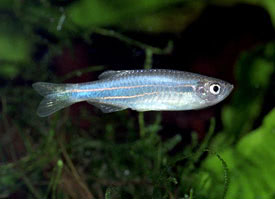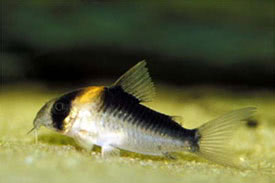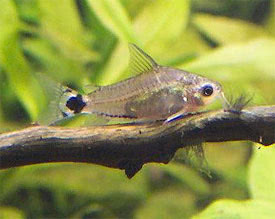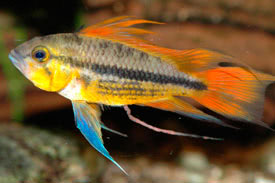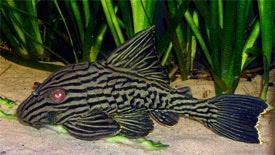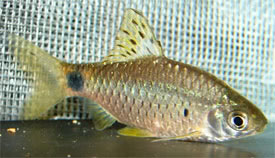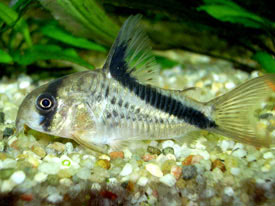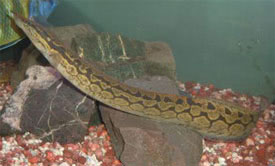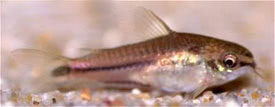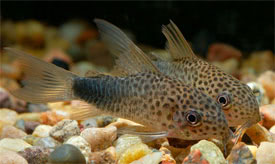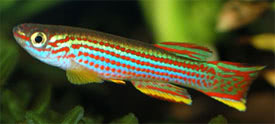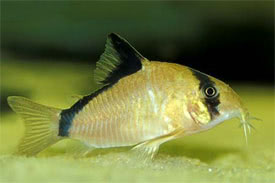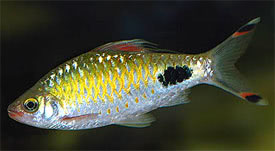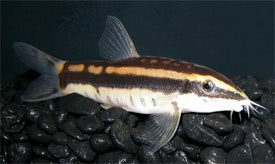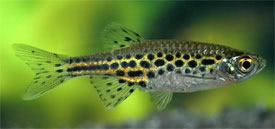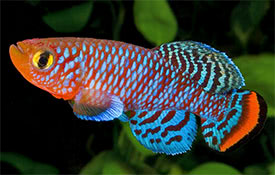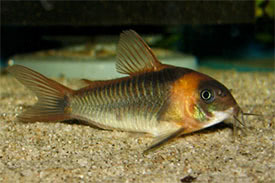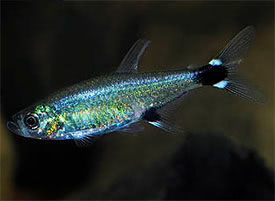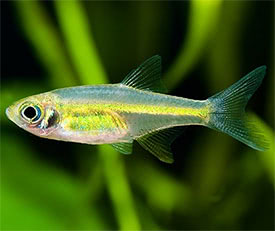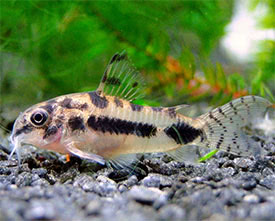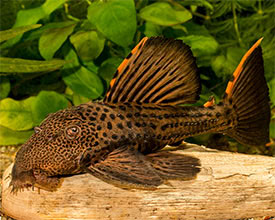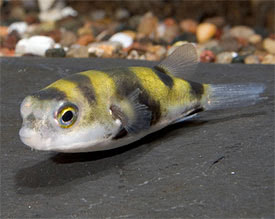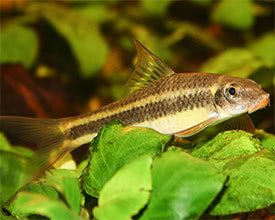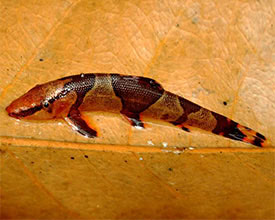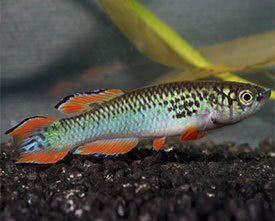
 Magyarul / Hungarian
Magyarul / Hungarian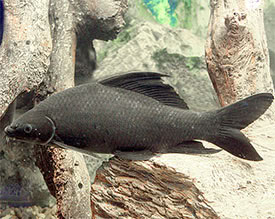

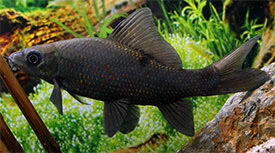
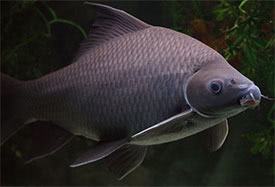

- Scientific name: Labeo chrysophekadion
- Synonyms: Rohita chrysophekadion (Bleeker, 1849), Morulius chrysophekadion (Bleeker, 1849), Rohita cyanomelas (Bleeker, 1852), Rohita polyporos (Bleeker, 1854), Chrysophekadion polyporos (Bleeker, 1854), Rohita koilogeneion (Bleeker, 1857), Rohita pectoralis (Sauvage, 1878), Morulius pectoralis (Sauvage, 1878), Rohita sima (Sauvage, 1878)
- Common name: Black Shark, Black sharkminnow
- Group: Cyprinids
- Distribution: Asia; Thailand, Laos, Cambodia, Vietnam and Indonesia
- Size: 50-60 cm
- Biotope: Tends to inhabit larger river channels, but also occurs in smaller tributaries and floodplains.
- Social behavior: Not tolerant with conspecifics or with similarly-shaped fishes and can be very aggressive especially when space is limited.
- Diet: Omnivorous; in nature it eats algae, small crustaceans and insect larvae. In the aquarium it will accept everything: live, frozen and flake foods too, but require a large portion of vegetable matter such as courgette, spinach or chopped fruits.
- Breeding: Not possible in aquarium
- Tank: Minimum 1500 litres
- Population: 1 fish for 1500 litres
- Decoration: They require a huge aquarium with a massive filtration system and the weekly water changes of 50% water volume can't be negleted either. Smaller specimens will need hiding places or shaded areas where they can form their territory. They also require highly-oxygenated water.
- Temperature: 20-26 °C
- pH: 6.0-8.0
- Hardness: 2.0-15.0 dGH
- Lifespan: 15-20 years
Labeo chrysophekadion has black body and fins. It has big dorsal fin which is invariably carried erected that gives the fish a shark-like outline. Juveniles are all black, while large adults are rather grey to black with one iridescent spot on each scale. They temper are also similar to sharks, as Black Sharks are among the most aggressive aquarium fish, ready and willing to kill much larger and stronger tankmates with constant and well-aimed attacks.
Labeo chrysophekadion continues to be available in the ornamental fish trade despite its patent unsuitability for the home aquarium. Black Sharks are often sold in the aquarium trade as juveniles, but they quickly outgrow even the largest aquarium. There is an albino form that has been selectively bred for the hobby. In their natural habitat they can reach 90 cm in length and 7 kg in weight. They are also a desirable food fish in Southeast Asia.
http://www.fishbase.org/summary/12102
http://www.seriouslyfish.com/species/labeo-chrysophekadion/
The Barbs Aquarium
http://www.thefishguide.com/black-shark
http://www.tropical-fish-keeping.com
/black-shark-labeo-chrysophekadion.html





















